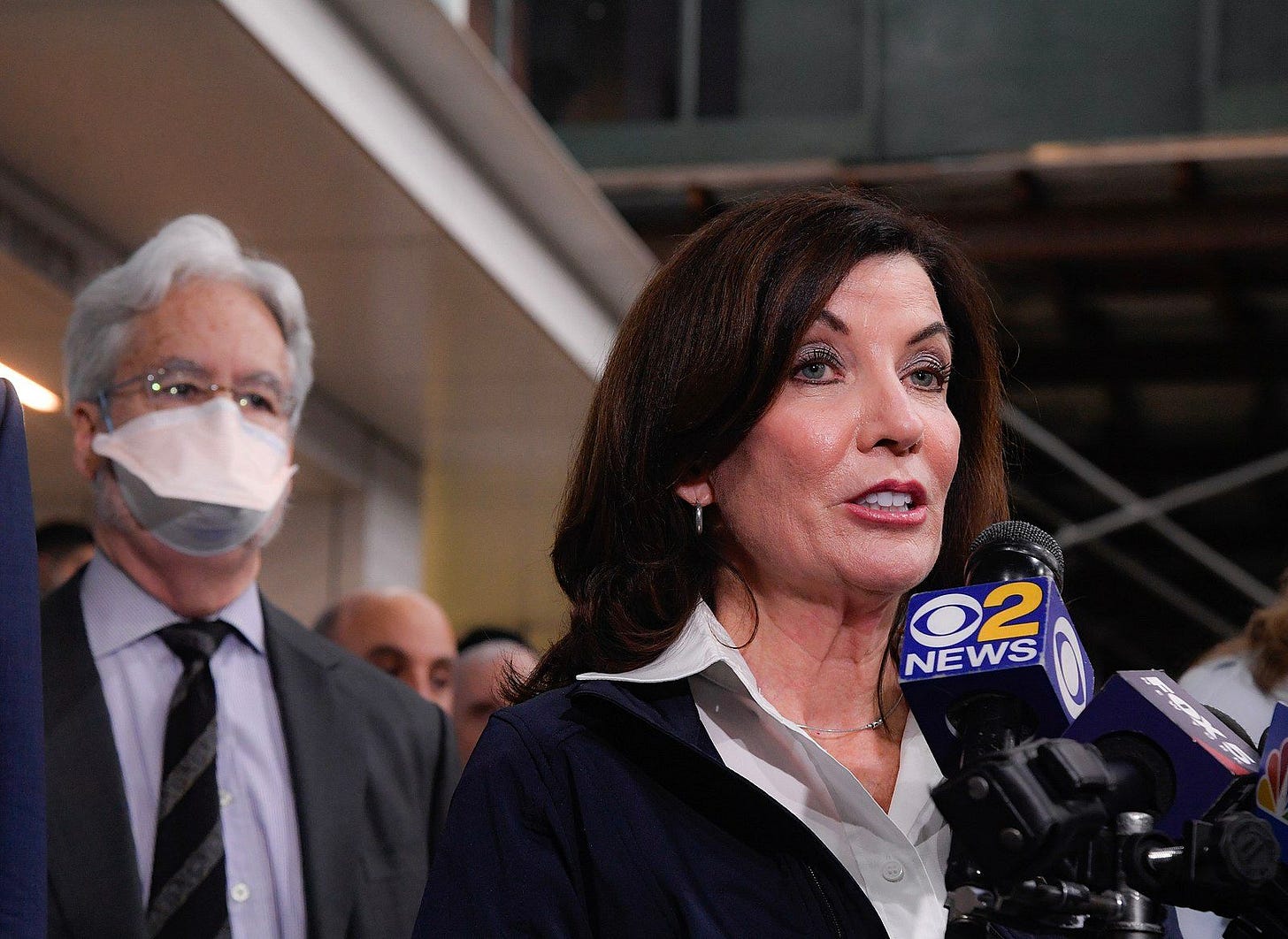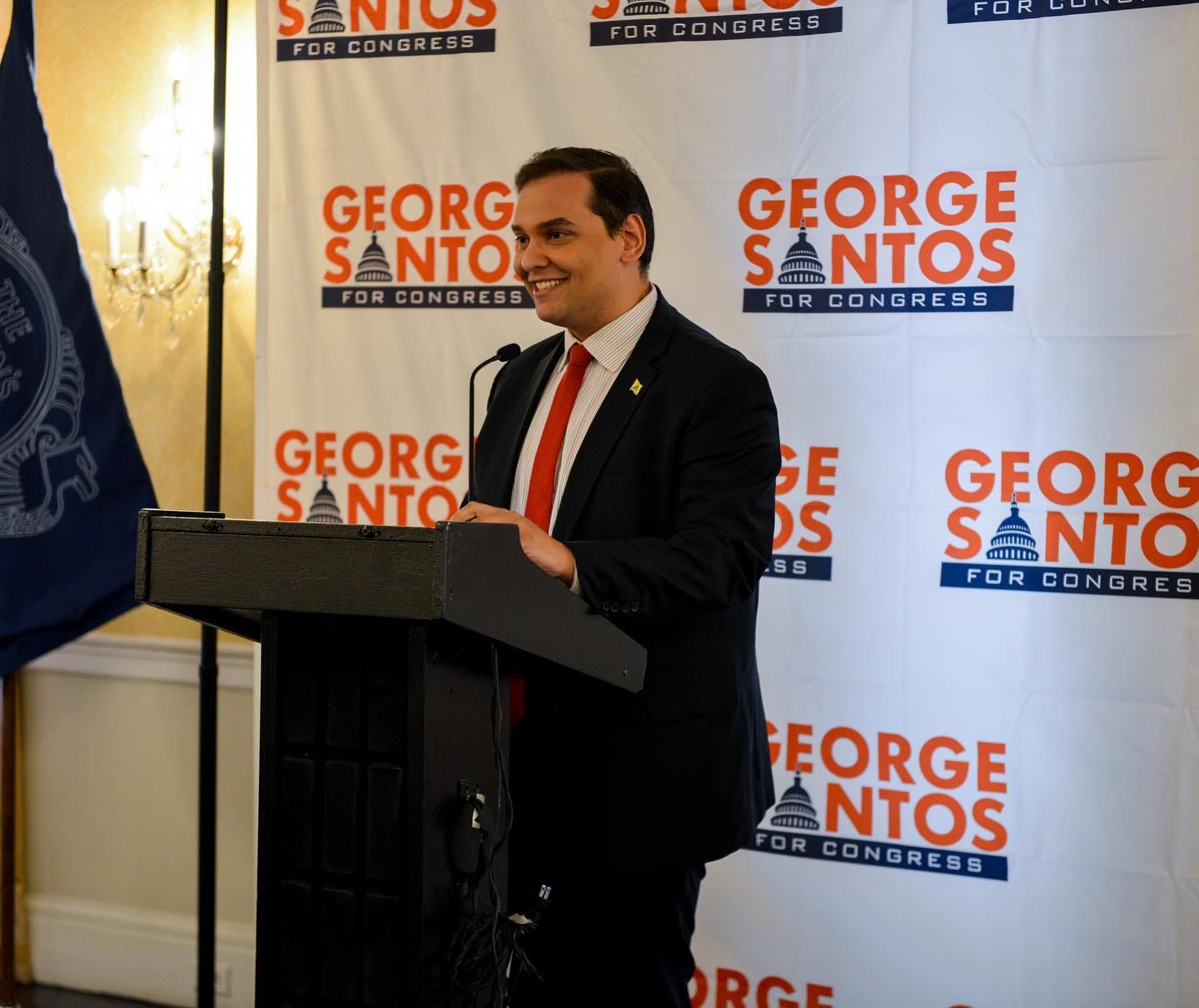There is (probably) no debt ceiling work-around
Trillion dollar coin? Discharge petition? A look at the possible debt ceiling off-ramps — and why they probably wouldn’t work.
America’s national debt is poised to hit $31.4 trillion today, the legal borrowing limit set by Congress in 2021.
Of course, as you know from Tuesday’s newsletter, even though the debt ceiling will technically be breached today, that doesn’t mean it’s quite cause for alarm yet. The U.S. won’t go into default today: the Treasury Department still has “extraordinary measures” it can use, a suite of accounting tools that will allow the government to move money around and temporarily continue paying its bills.
It’s hard to know for sure when those special maneuvers will run out and the real debt limit crisis will arrive, a looming deadline known in Washington as the “X-date.”
Treasury Secretary Janet Yellen last week guessed that the “X-date” will come in early June. Per Politico, though, that it could come even earlier due to “the impact of two costly moves on the government’s finances: President Joe Biden’s decision to extend a federal student loan payment freeze plus the Fed’s rapid interest rate hikes.”
From listening to leaders in Washington, you would have a hard time knowing that the U.S. could be mere months away from defaulting on its debt for the first time ever and possibly triggering a global financial crisis.
No negotiations have taken place on the issue, with Democrats and Republicans both dug in. The House GOP is demanding any debt ceiling increase coincide with spending cuts; the Biden White House is refusing to entertain anything but a “clean” increase.
Maybe that’s why I’ve gotten a number of emails from readers this week asking about possible debt ceiling work-arounds. Could a debt ceiling increase make it to the House floor without Speaker McCarthy’s sign-off? Could the government just mint a really large coin and pay its bills that way? Let’s take a look at some of the possible off-ramps that have been proposed.
1. A discharge petition.
Yes, there is a way for a bill to reach the House floor without McCarthy scheduling it for a vote. But it isn’t easy. The procedural tool here is known as a discharge petition, which can force a House vote on a bill if 218 members (a majority) sign on.
On paper, that wouldn’t seem too difficult: all 212 Democrats could sign, plus six moderate Republicans. But the real issue here is the clock: discharge petitions take a lot of time.
Per the Congressional Research Service, a discharge petition must remain bottled up in its specific committee for at least 30 legislative days and then in the Rules Committee for seven legislative days. Because Congress only spends so much time in session, 37 legislative days from now will likely be mid-May, just weeks before the expected “X-date.”
Congress is used to raising the debt limit at the last minute. But discharge petitions are not a last-minute type of procedure. So if Democrats and moderate Republicans want to use one, they better start collecting signatures now. And there’s no sign that’s happening or that either party is expressing much urgency.
“We’ll cross that bridge when we come it,” Rep. Brian Fitzpatrick (R-PA), a leading GOP moderate, told NBC of a discharge petition. By then, though, it will probably be too late.
Prognosis: Cumbersome.
2. The trillion dollar coin.
If the government needs more money to pay its bills, why doesn’t it just make more money? This might sound ridiculous, but it’s an idea that has circulated during debt ceiling standoffs since at least 2011.
To print a new dollar amount of paper currency, Congress needs to approve. But, this theory goes, that might not be the case for coinage. Here is the Treasury, Postal Service, and General Government Appropriations Act of 1996:
“The Secretary [of the Treasury] may mint and issue bullion and proof platinum coins in accordance with such specifications, designs, varieties, quantities, denominations, and inscriptions as the Secretary, in the Secretary’s discretion, may prescribe from time to time.”
Under this statute, some have argued, the Treasury Secretary could mint a platinum coin of any denomination — even $1 trillion — and then deposit it with the Federal Reserve, suddenly making available new funds the government could use to pay its creditors without a debt ceiling hike.
The legality of the ploy is unclear. Some experts, like Harvard’s Larry Tribe are on board; others say it would be unconstitutional, an excuse for the Executive Branch to wrest away the “powers of the purse” accorded to Congress. It does clearly conflict with the spirit of the law, which was written with collectible platinum coins in mind.
The economics, too, are hairy. Many economists warn that minting the coin would lead to hyperinflation, although others dismiss that argument because the funds wouldn’t be used all at once, simply paying for spending that would have been paid-for anyways.
In any event, there are no signs the Biden administration — especially focused as it as on inflation — has any interest in adopting the idea. No less an authority than Treasury Secretary Janet Yellen herself, the administration’s top economic voice and the woman who would need to order the coin, has waved away the proposal as a “gimmick.”
Prognosis: Deeply unlikely.
3. Declaring it unconstitutional.
There is another tool that some theorists have said the Executive Branch could use to get around Congress in a debt ceiling stalemate: simply declaring the limit does not exist. This idea comes from the Fourteenth Amendment, which states:
“The validity of the public debt of the United States, authorized by law, including debts incurred for payment of pensions and bounties for services in suppressing insurrection or rebellion, shall not be questioned.”
Several presidential administrations have considered using that clause to argue that they can continue borrowing without congressional approval because the debt ceiling itself is in contradiction with the Constitution. The possibility of a default, after all, would call “the validity of the public debt” into question, which the Fourteenth Amendment prohibits.
However, every time this has been researched, it has also been rejected. “The Constitution explicitly places the borrowing authority with Congress, not the president,” the Treasury Department’s top lawyer concluded in 2011. Biden White House also reportedly considered the option in 2021 but weren’t comfortable with moving forward.
Prognosis: Legally dubious.
4. Prioritizing payments.
This is the Republican equivalent of the “trillion dollar coin,” an idea that pops up in Democratic circles every time there’s a debt ceiling debate.
Just as some GOP lawmakers proposed in the Obama era, the Washington Post has reported that House Republicans plan to pass a “payment prioritization plan” that would allow the Biden administration to make some federal payments but not others if the debt ceiling is hit.
According to the Post, the GOP plan would call for the U.S. to continue funding the military, sending Social Security, Medicare, and veterans benefits, and making interest payments on the debt.
The White House quickly attacked the plan, however, wasting no time in pointing out the many federal programs that would be left out:
The GOP Debt Limit "plan:"
- Send your tax dollars to rich bondholders
- Pay foreign bond holders interest
But CHAOS in the US, as they cut off funding for
- Food safety
- FAA operations
- Border security
- Drug enforcement pic.twitter.com/s8zzFoTz34— Ronald Klain (@WHCOS) January 14, 2023
It is hard to imagine Democrats embracing a plan that would cut off funding to many of the party’s top spending priorities.
Prognosis: Could pass the House, but never the Senate.
Where does that leave us?
Back where we started. There may be many debt ceiling off-ramps being floated around Washington, but none — at least right now — appear to have the support they need from the actors who would be required to sign off.
Which means the only way we are likely to avoid a default is if Congress raises or suspends the debt ceiling. (Raising the ceiling sets a specific dollar limit which the government is able to borrow until. Suspending the ceiling sets a specific date which the government is able to borrow until, without naming a dollar amount.)
Over in Davos, consummate negotiator Sen. Joe Manchin (D-WV) is already talking up a possible compromise: his bill with Sen. Mitt Romney (R-UT) to create “rescue committees” for Social Security, Medicare, and other vulnerable government trust funds.
Manchin said he has already talked “briefly” with McCarthy about pairing that legislation with a debt ceiling increase, although it is unclear if House Republicans would accept a deal that doesn’t include some guarantee of spending cuts.
Whether it’s Manchin’s deal or another one, though, it is hard to see a path out of this logjam that doesn’t include a bipartisan compromise.
A few more news stories you should know about:
In the states.
Gov. Kathy Hochul (D-NY) suffered a historic rebuke on Wednesday as her nominee to lead New York’s highest court became the first in state history to be rejected. The state Senate Judiciary Committee voted against advancing the nominee, Hector LaSalle, with 10 Democrats opposing him, two in support, and one joining the six Republicans in voting to advance the nominee “without recommendation.”
The rejection is the latest twist in an unusual saga, as Democrats in a deep-blue state have rebelled against a governor of their own party nominating a judge known for conservative rulings on abortion and unions. Although weakened by the battle, Hochul has dug in and said she is not done fighting. Democratic leaders of the state Senate say the nomination is now dead, but Hochul is threatening a legal battle, insisting that the New York Constitution requires the full state Senate to consider the nomination despite the Judiciary Committee vote.
Read more on the nomination fight.
Around the world.
Prime Minister Jacinda Ardern of New Zealand announced plans to resign. “I no longer have enough in the tank to do the job justice,” Ardern said, surprising political observers in the country and across the globe. She will will step down by February 7; the country will hold new elections in October.
Ardern, a Labour Party leader called a “global liberal icon” by the New York Times, became the youngest female leader in the world when she took office at age 37 in 2017. She later became the second world leader in the modern era to give birth in office and oversaw New Zealand’s controversial “zero-tolerance” Covid policy during the pandemic.
Read more about Ardern’s resignation.
On the Hill.
Another day, another George Santos story. The freshman New York congressman, who was named to two House committees this week despite misleading voters about basic elements of his biography, has been caught in another lie.
Santos has said — including on his campaign website — that his mother was inside the World Trade Center during the 9/11 attacks. According to immigration records, however, she was in Brazil at the time.
Read more on the latest Santos lie.
Now, let’s dive inside my inbox and answer a reader question:
Ask Gabe: Where do presidential documents go?
Q: “If all administration records are supposed to be turned over to the National Archives after leaving office, what is left for a Presidential Library?” — Kevin S.
A: Presidential libraries are actually run by the National Archives and Records Administration (NARA), so they’re one and the same.
Most “presidential libraries” are composed of both a library and a museum: the library houses all the records from the president’s administration and is generally open to scholars and authors for research. The adjoining museum is the public part, where visitors can come and see exhibits about the president’s life, with various records and materials from the library side on display.
Generally, presidents raise money to build their library/museum complex privately, and then donate the space to NARA. Notably, Barack Obama is splitting with this tradition and won’t have a federally-operated library/museum. His museum, currently under construction, will be privately-run, giving the Obamas more control over its content. The site will have no NARA-run library open to researchers. (Instead, his records will be digitized and kept at an existing NARA facility, with the possibility that they could still be loaned for display at the private museum).
Finally, let’s take a look at what your leaders are doing today:
Today’s politics planner.
White House
After receiving his morning intelligence briefing, President Biden will travel to Santa Cruz County, California, to survey damage from the recent storms and flooding. While there, he’ll meet with business owners and residents impacted by the storms, receive a briefing from first responders on the recovery efforts, and deliver remarks on the recovery efforts. Biden will then return to Washington.
Vice President Harris will travel to Tonopah, Arizona, where she will attend the groundbreaking of a new transmission line carrying wind and solar power. Harris will also deliver remarks on the clean energy economy. She’ll then travel to Los Angeles and spend the night there.
Second Gentleman Emhoff will join on for her travels. While she’s in Tonopah, he’ll participate in a roundtable at Arizona State University on combatting antisemitism.
White House principal deputy press secretary Olivia Dalton and FEMA administrator Deanne Criswell will hold a press gaggle aboard Air Force One during Biden’s flight to California.
Congress
The House and Senate are on recess until next week.
Supreme Court
The justices have nothing scheduled today.
Before I go...
One more thing that caught my eye.
Via Axios:
“[Artificial Intelligence chatbot] ChatGPT recently passed all three parts of the U.S. Medical Licensing Examination, although just barely, as part of a recent research experiment.”
“As the researchers note, second-year medical students often spend hundreds of hours preparing for Part 1, while Part 3 usually is taken by medical school graduates.”
Thanks for reading.
I get up each morning to write Wake Up To Politics because I’m committed to offering an independent and reliable news source that helps you navigate our political system and understand what’s going on in government.
The newsletter is completely free and ad-free — but if you appreciate the work that goes into it, here’s how you can help:
Donate to support my work or set up a recurring donation (akin to a regular subscription to another news outlet).
Buy some WUTP merchandise to show off your support (and score a cool mug or hoodie in the process!)
Tell your family, friends, and colleagues to sign up at wakeuptopolitics.com. Every forward helps!
If you have any questions or feedback, feel free to email me: my inbox is always open.
Thanks so much for waking up to politics! Have a great day.
— Gabe









